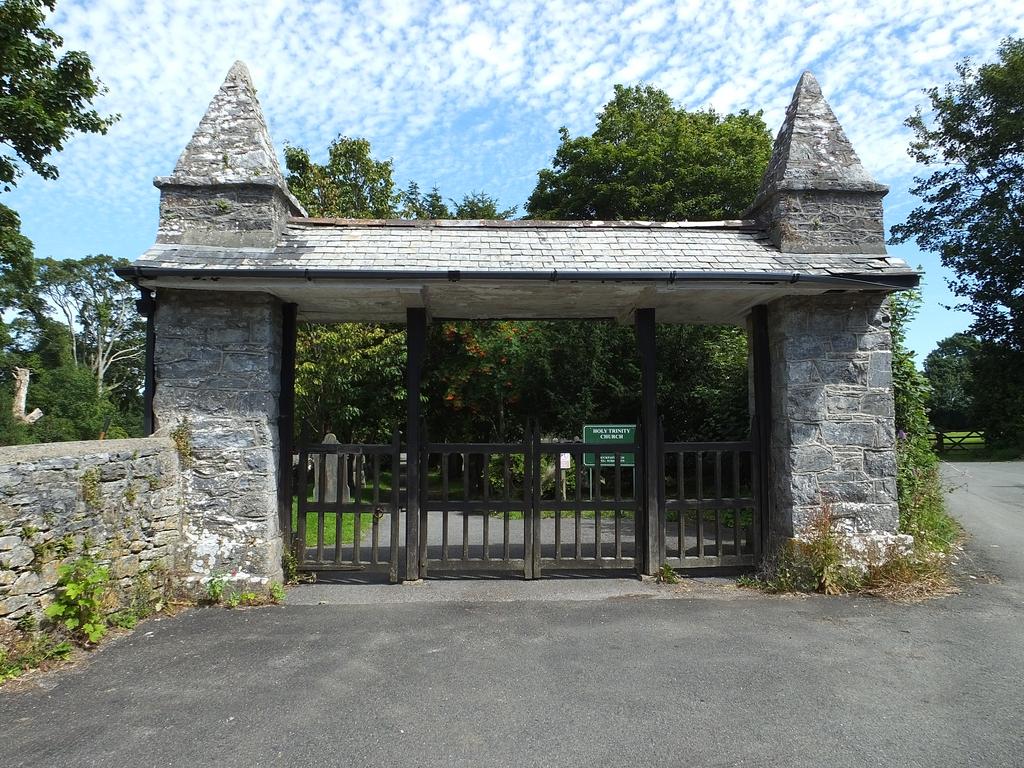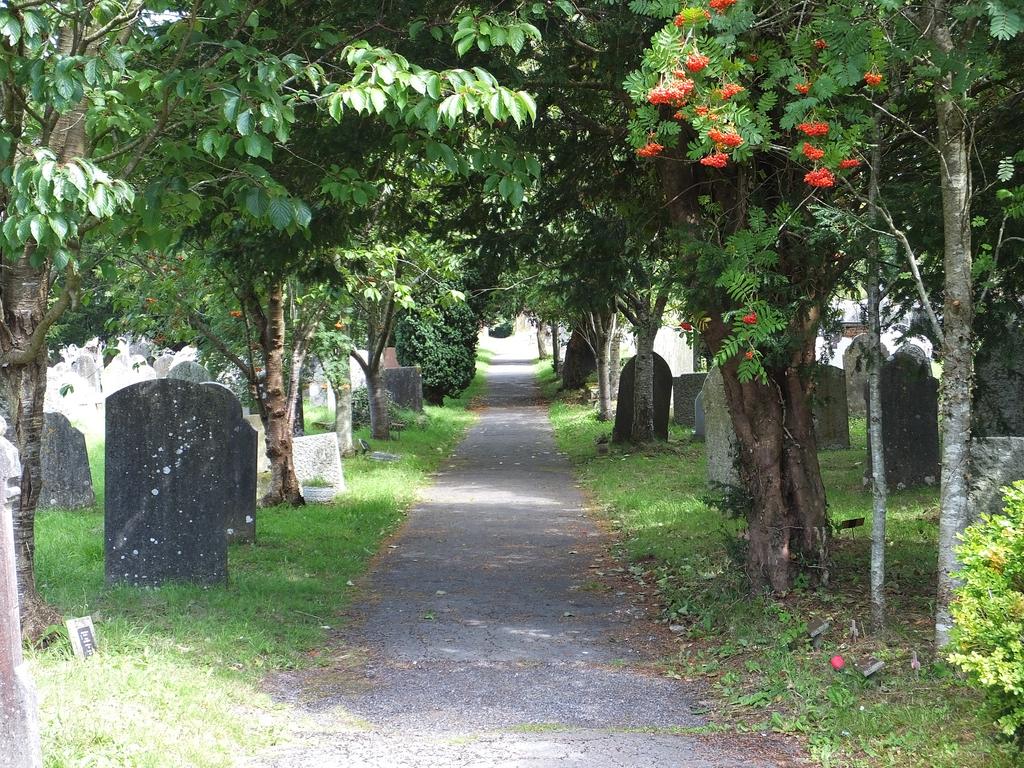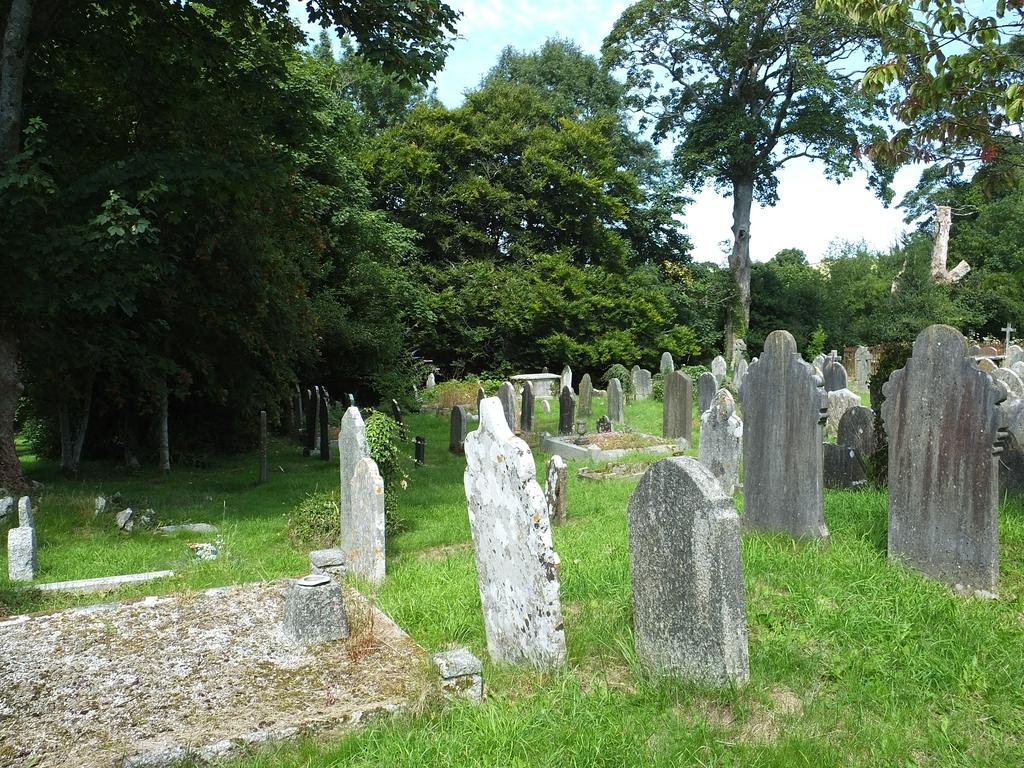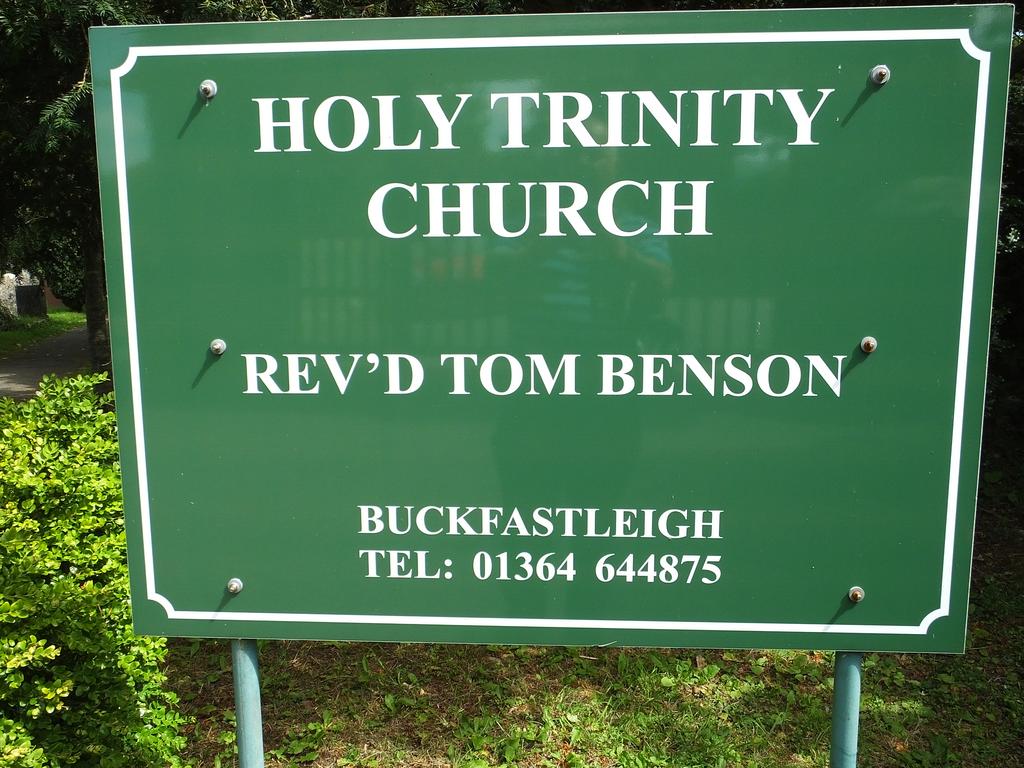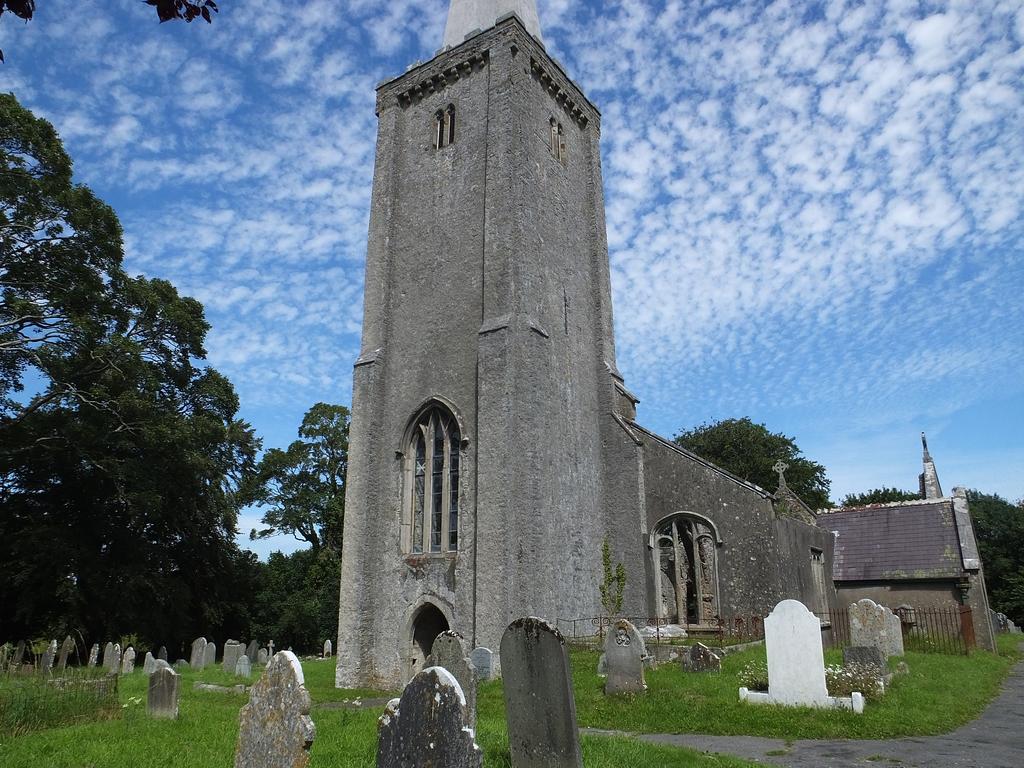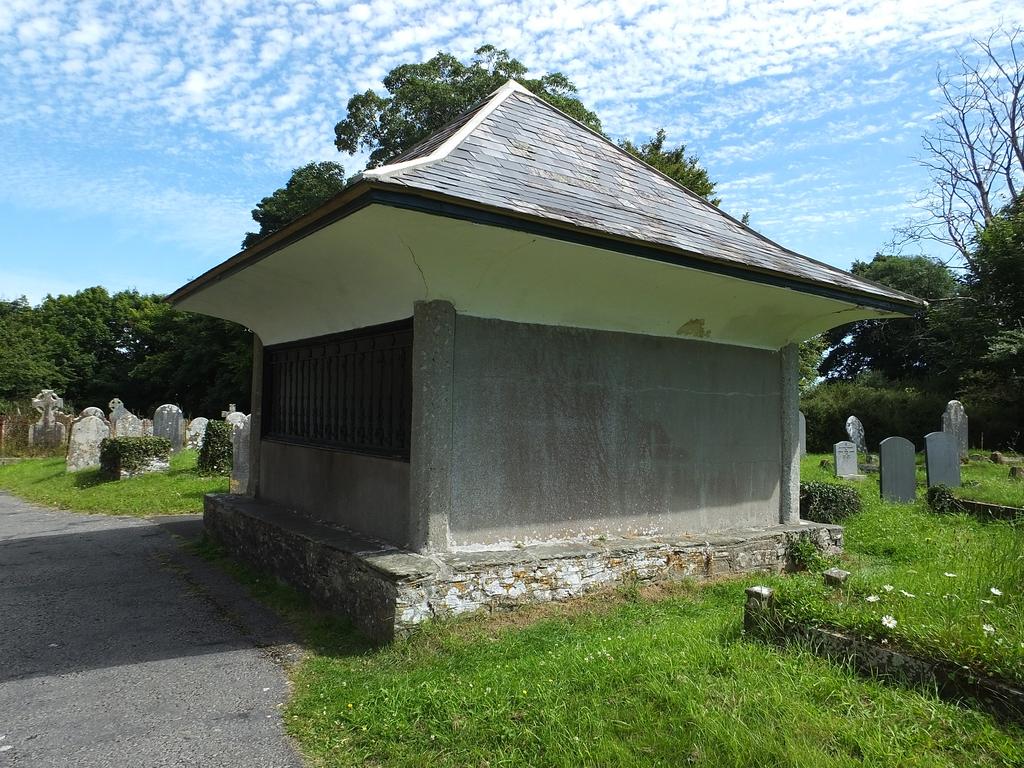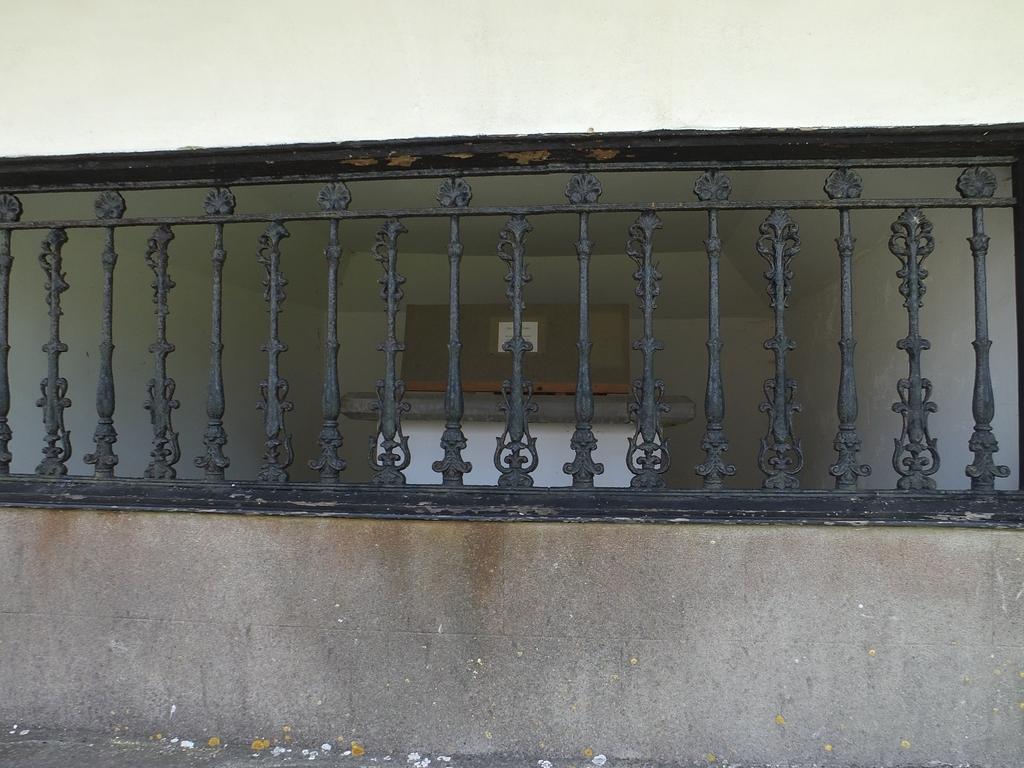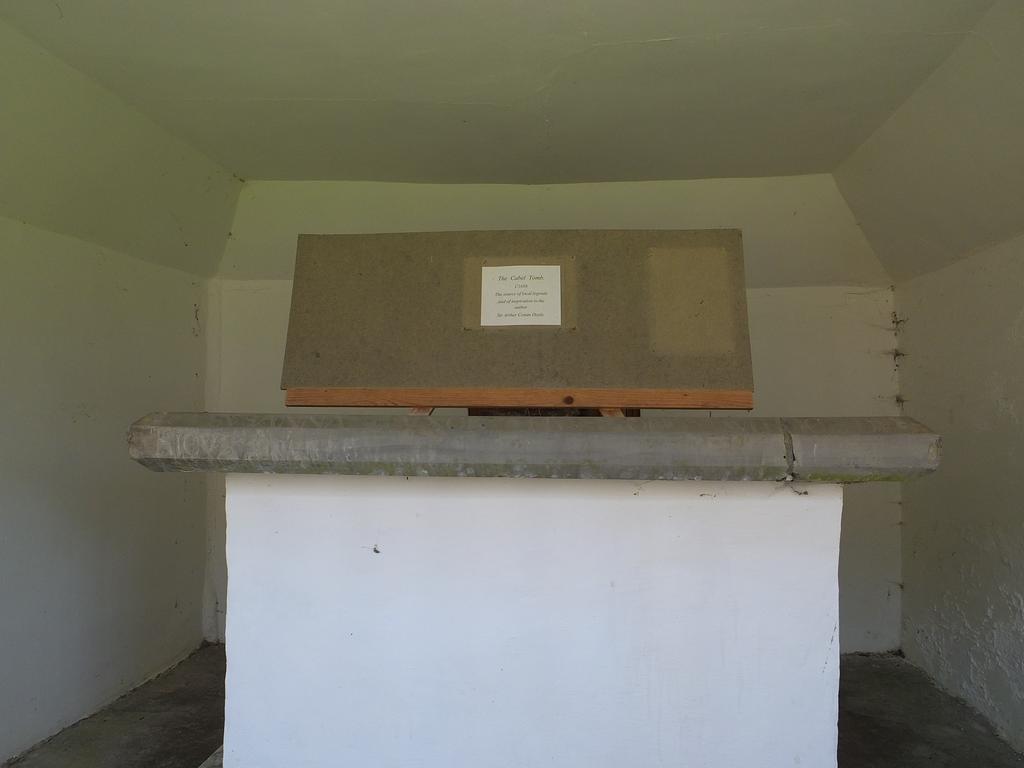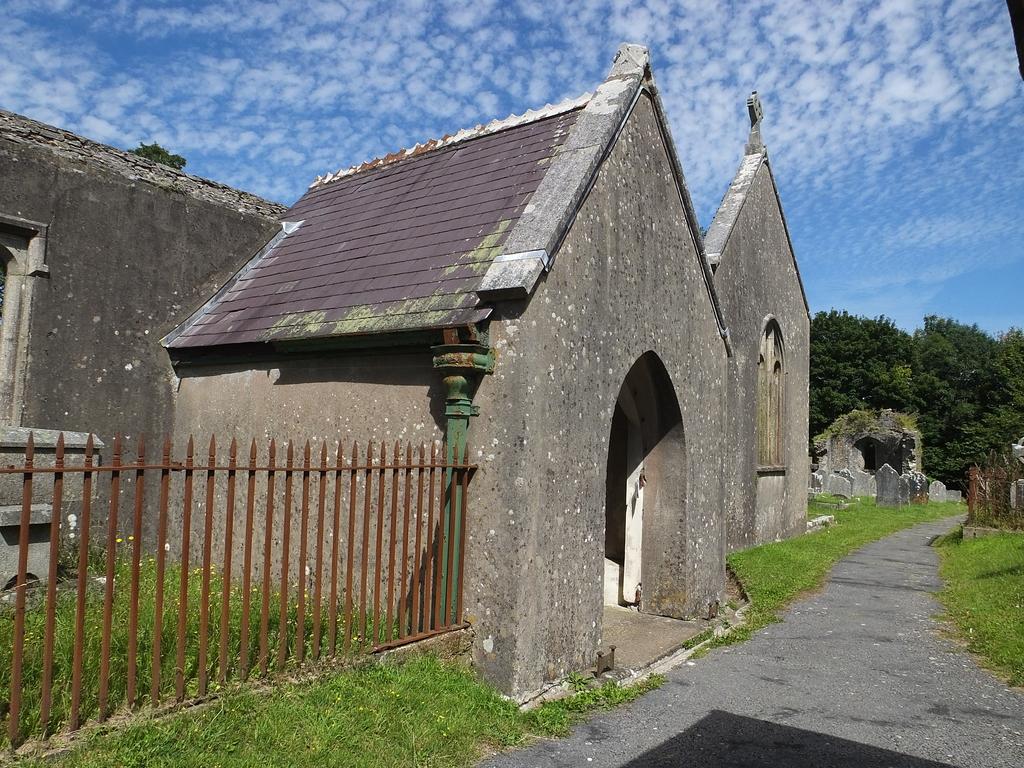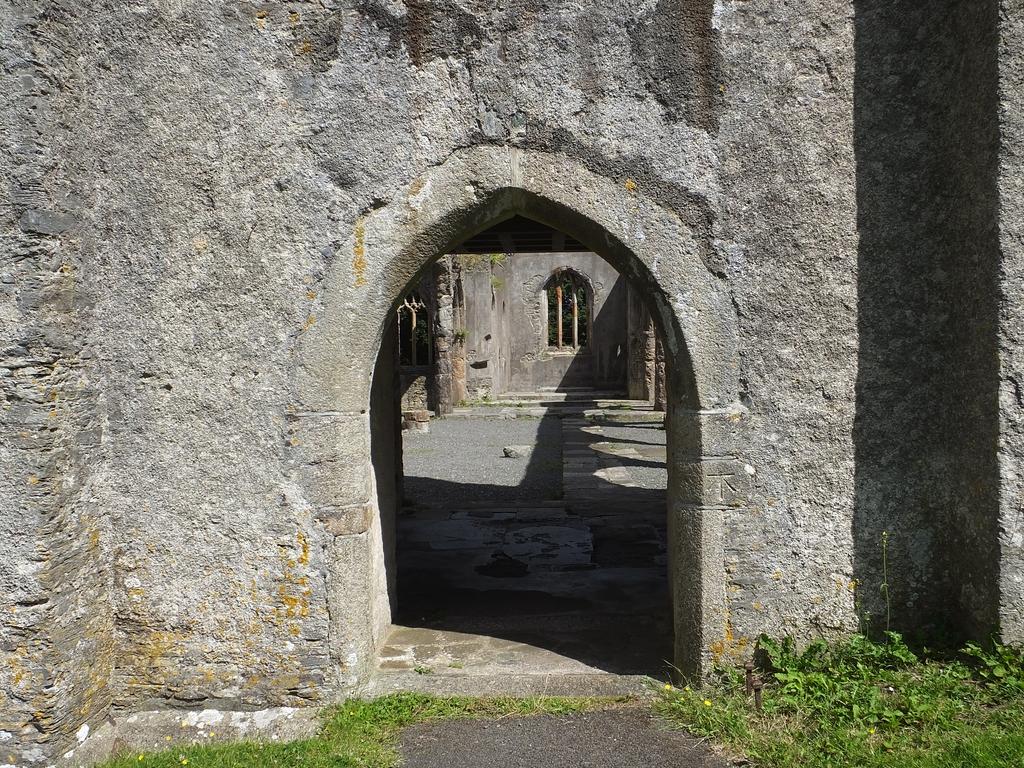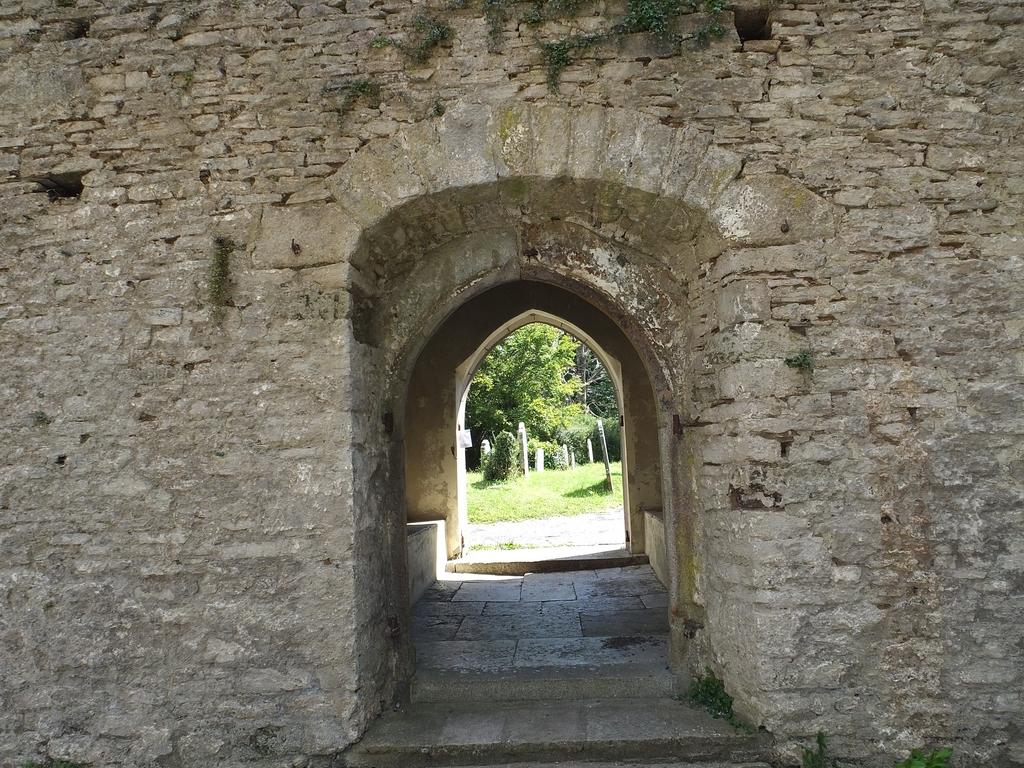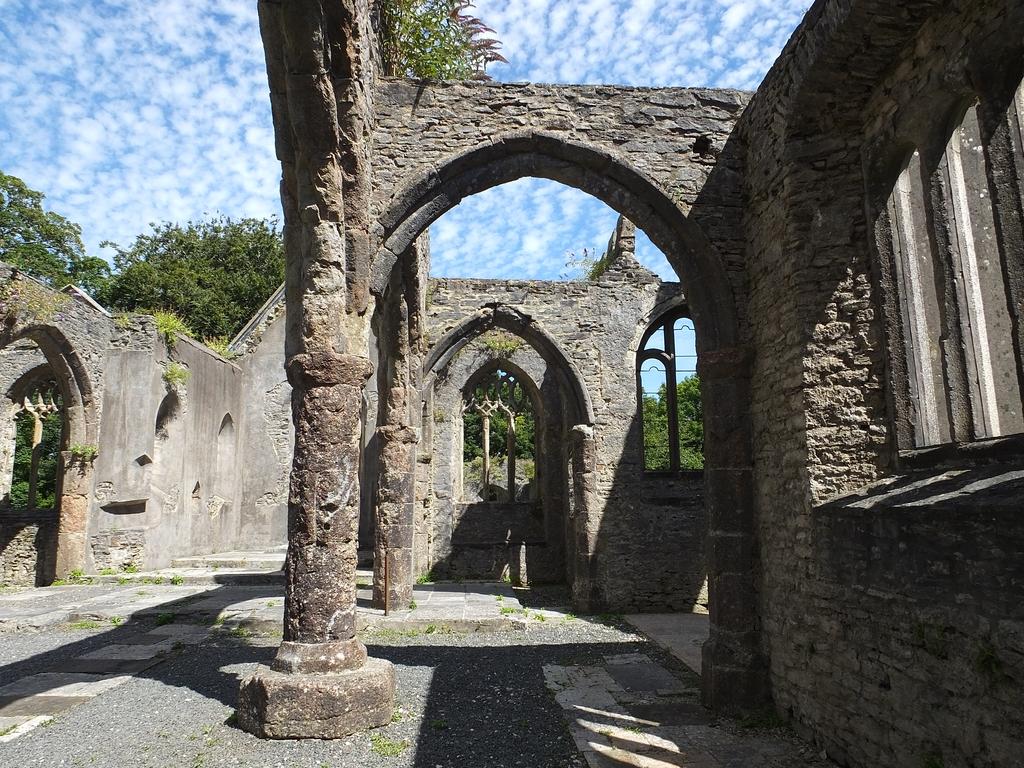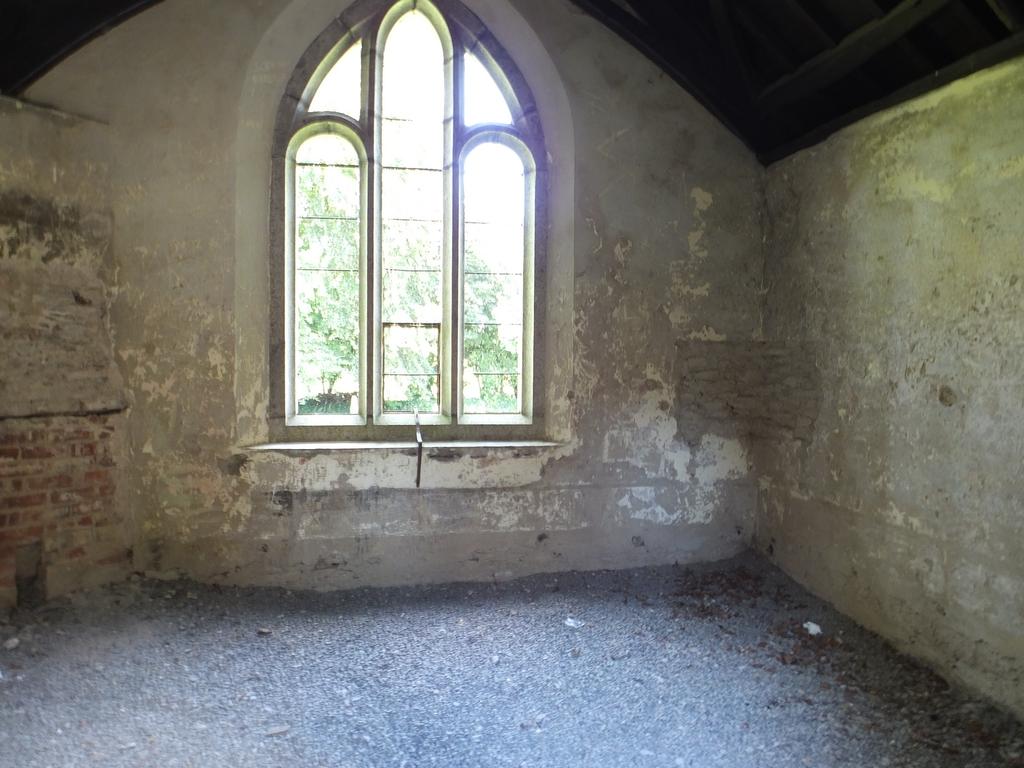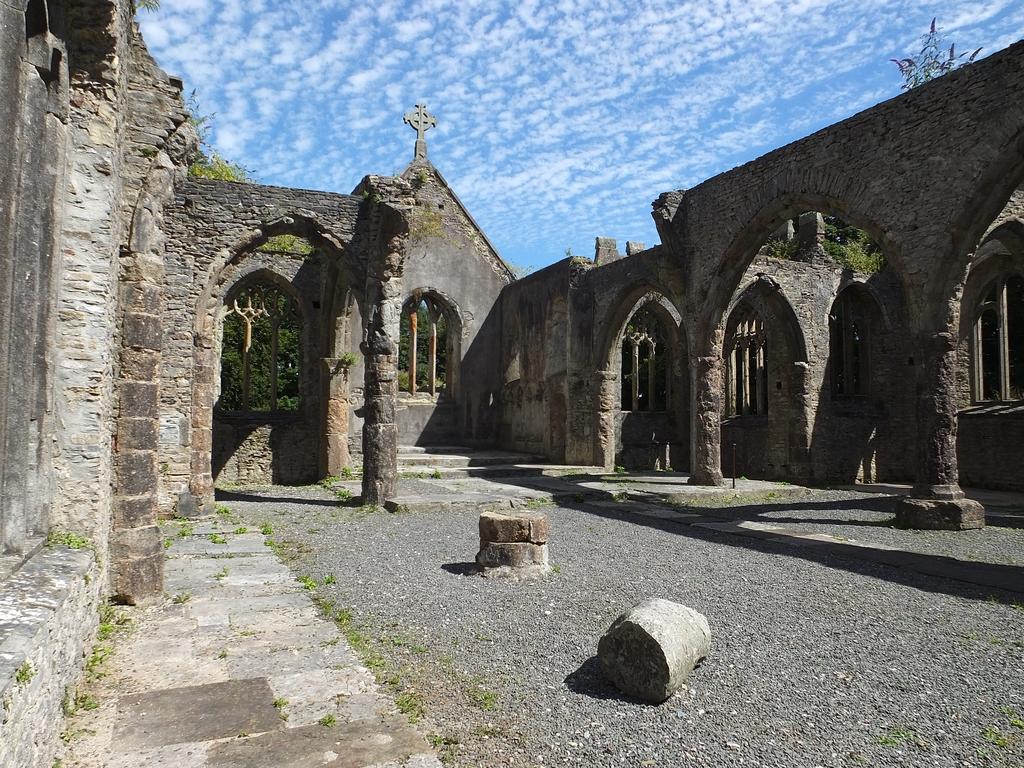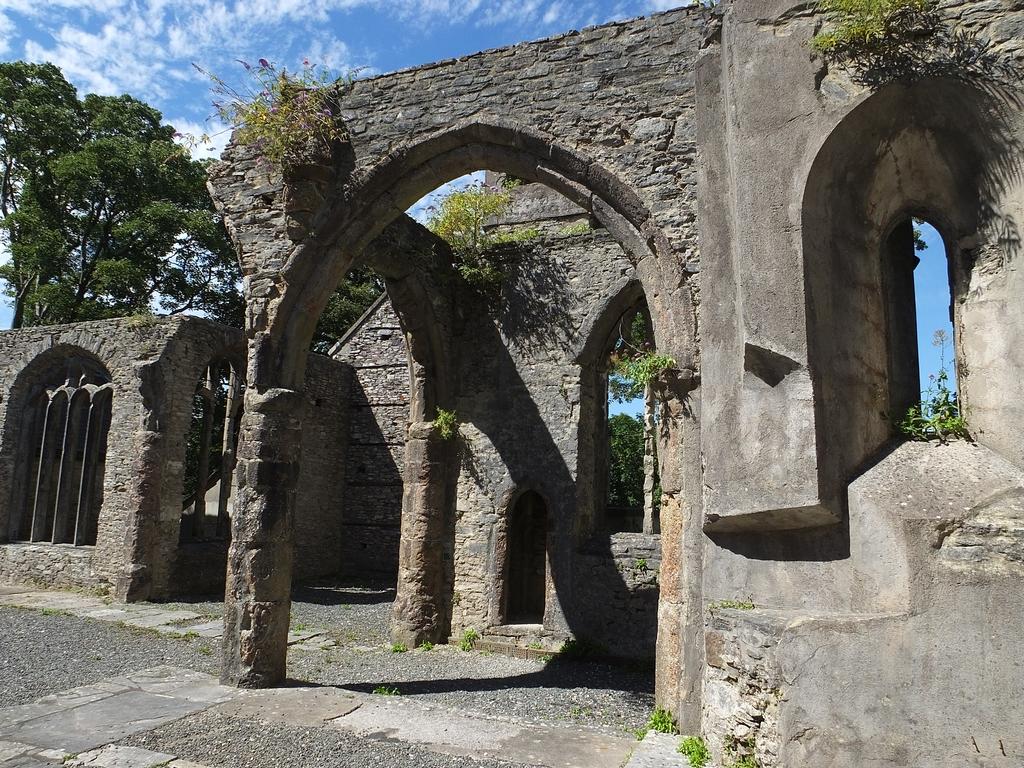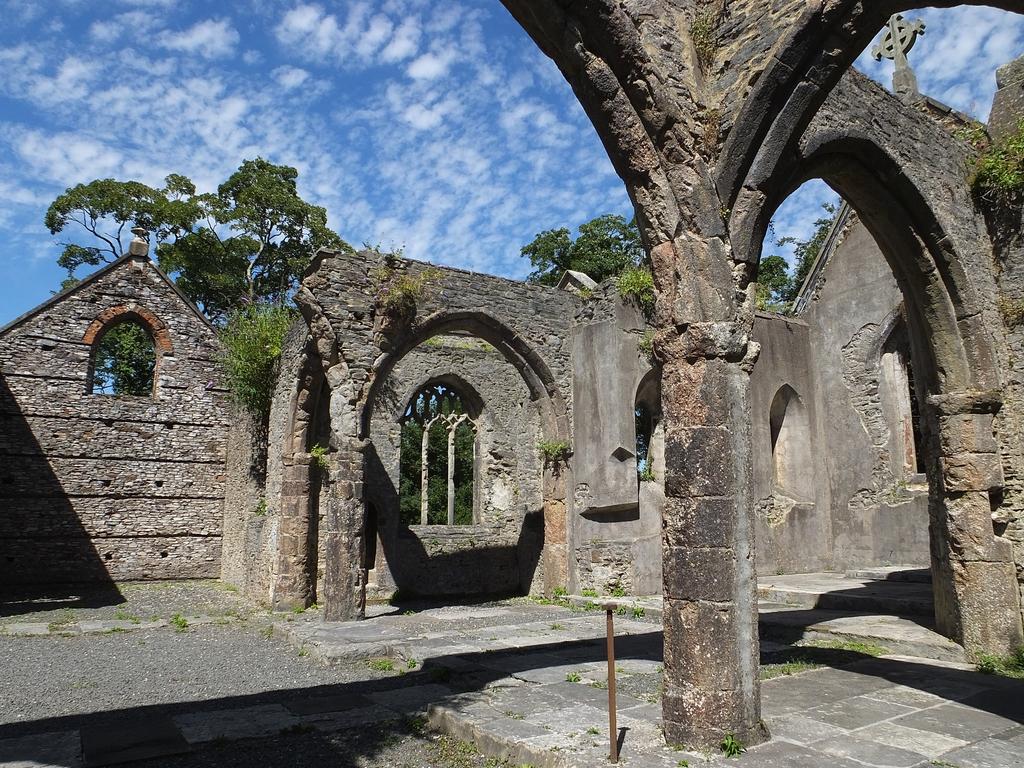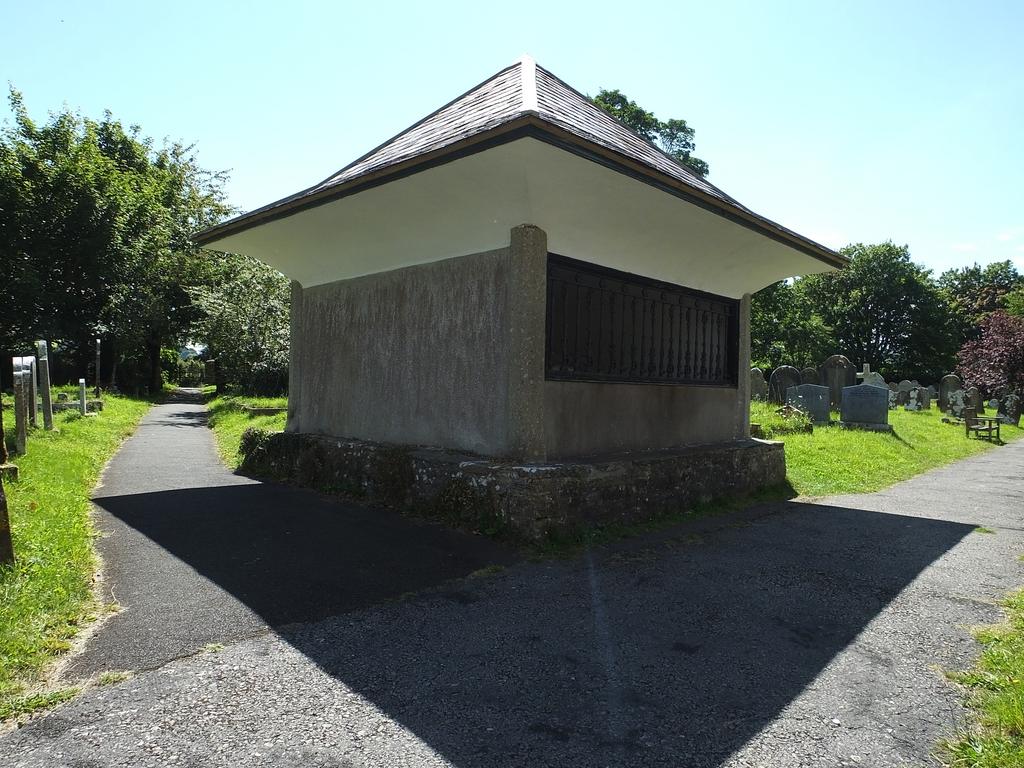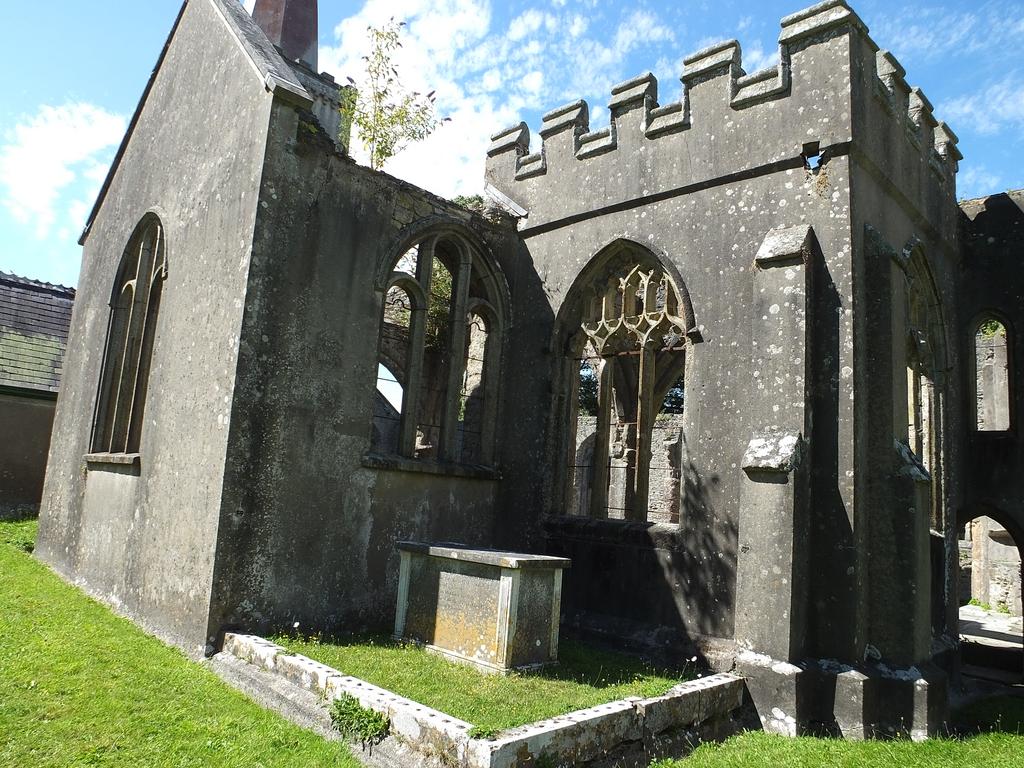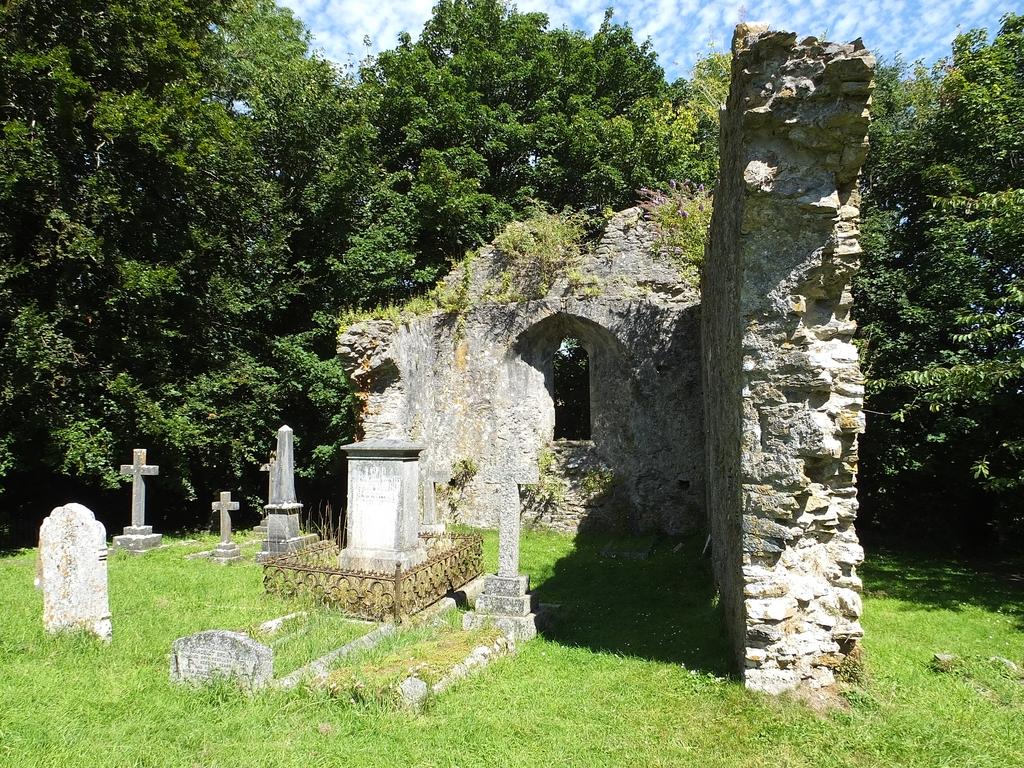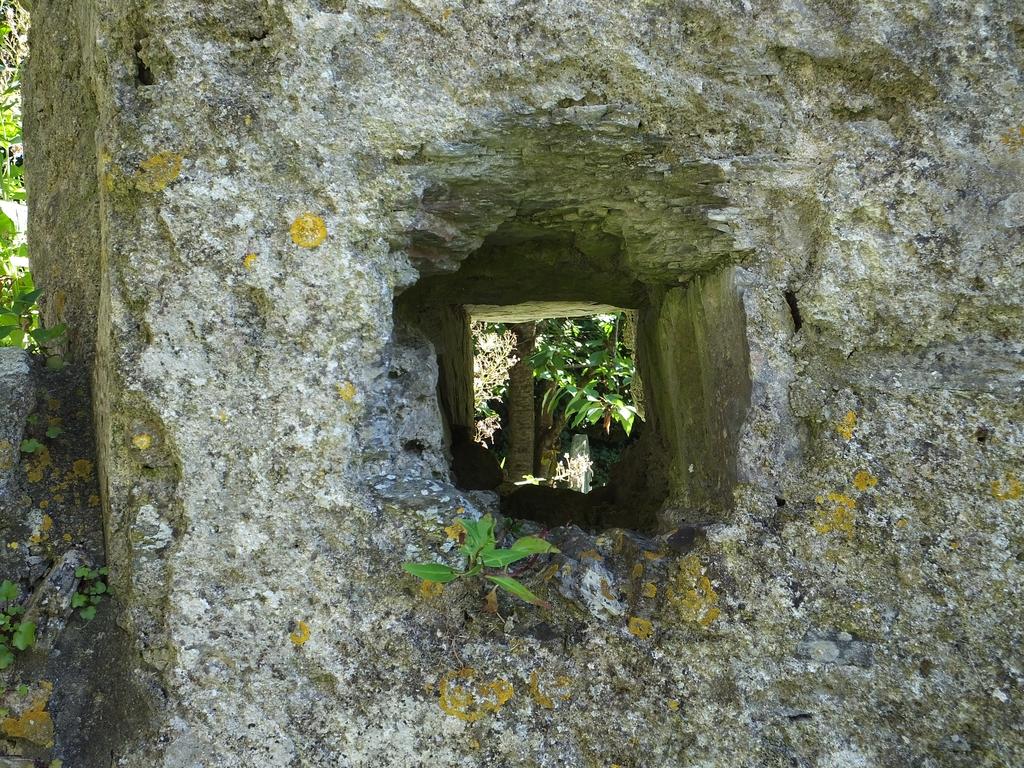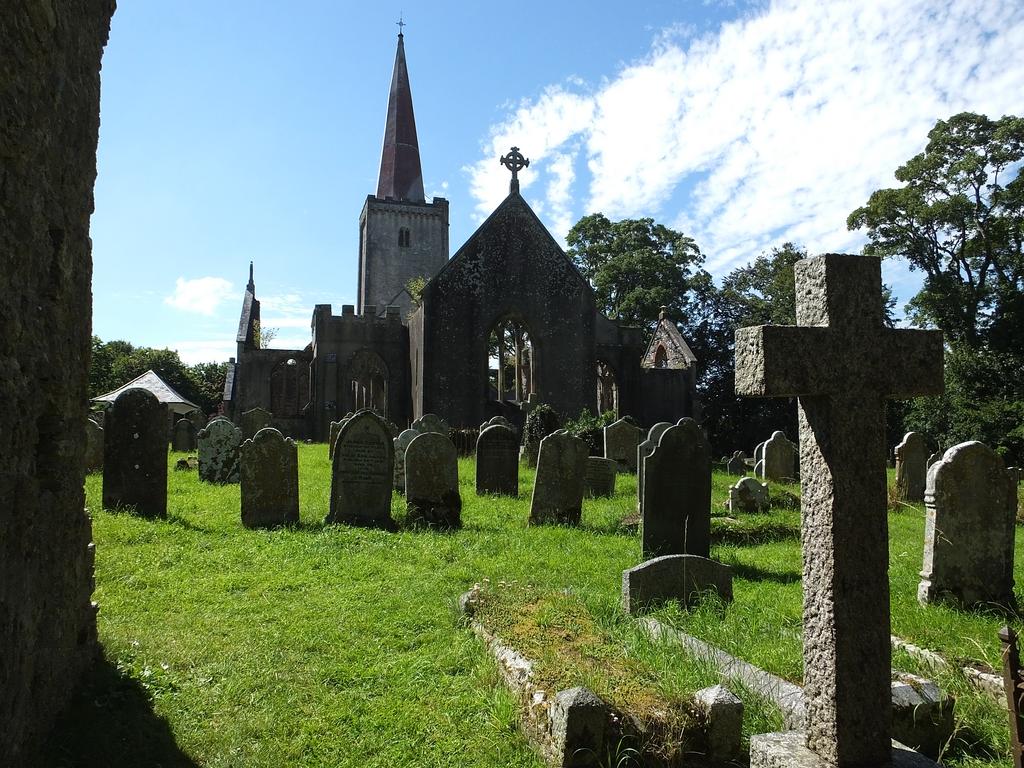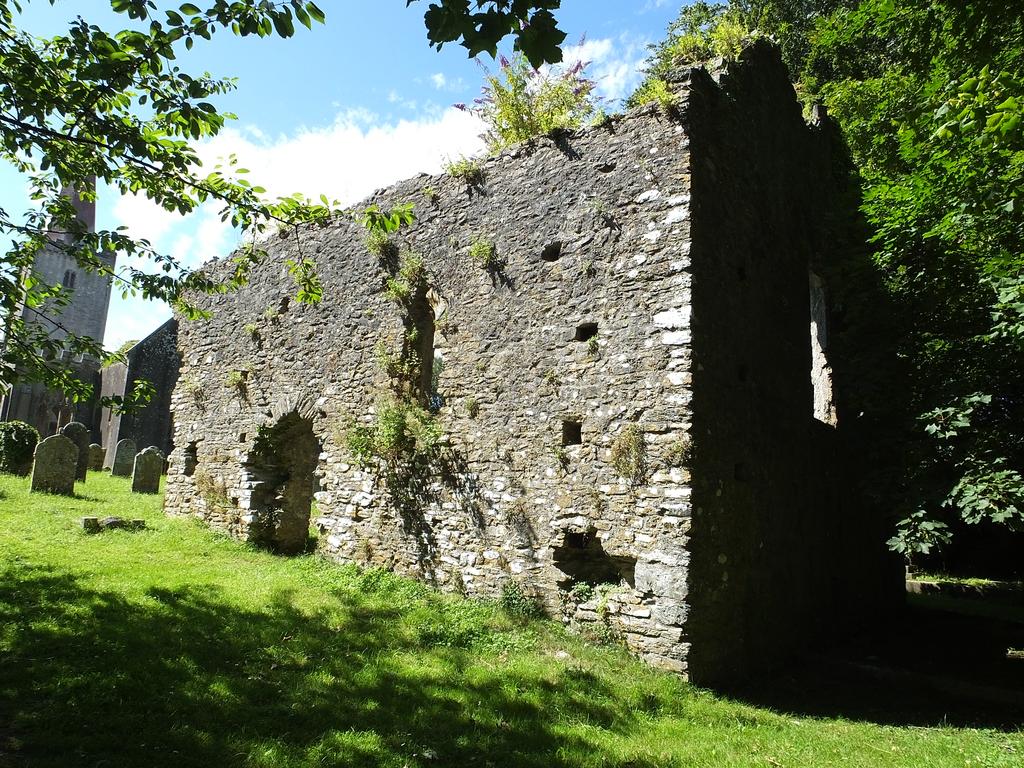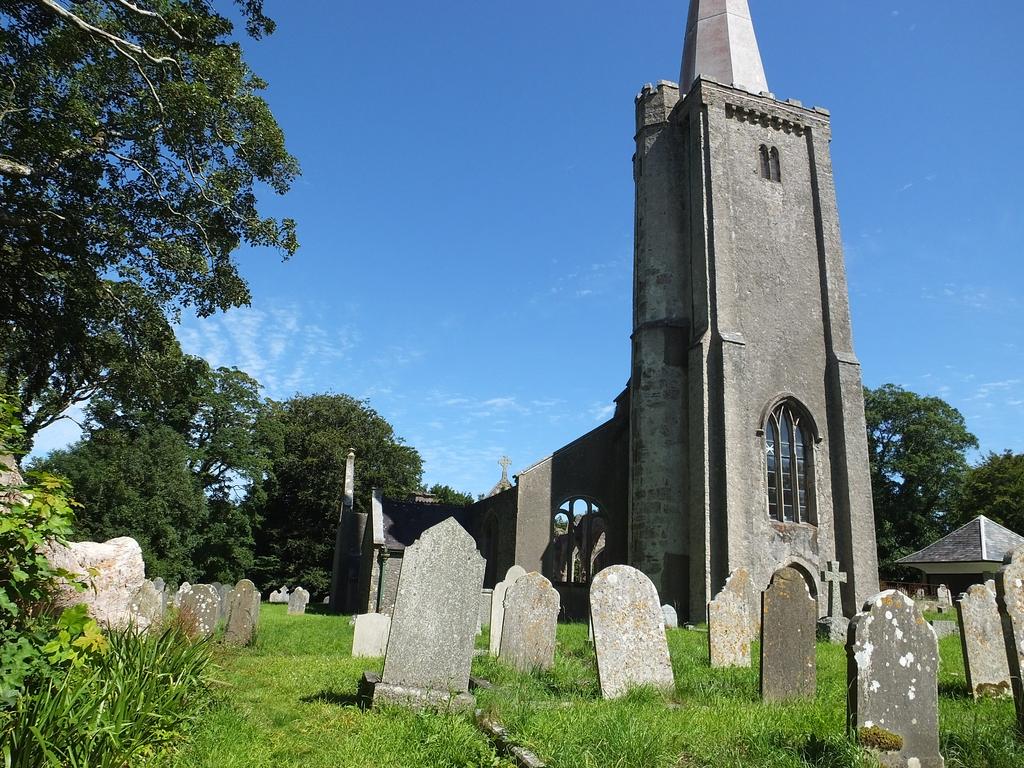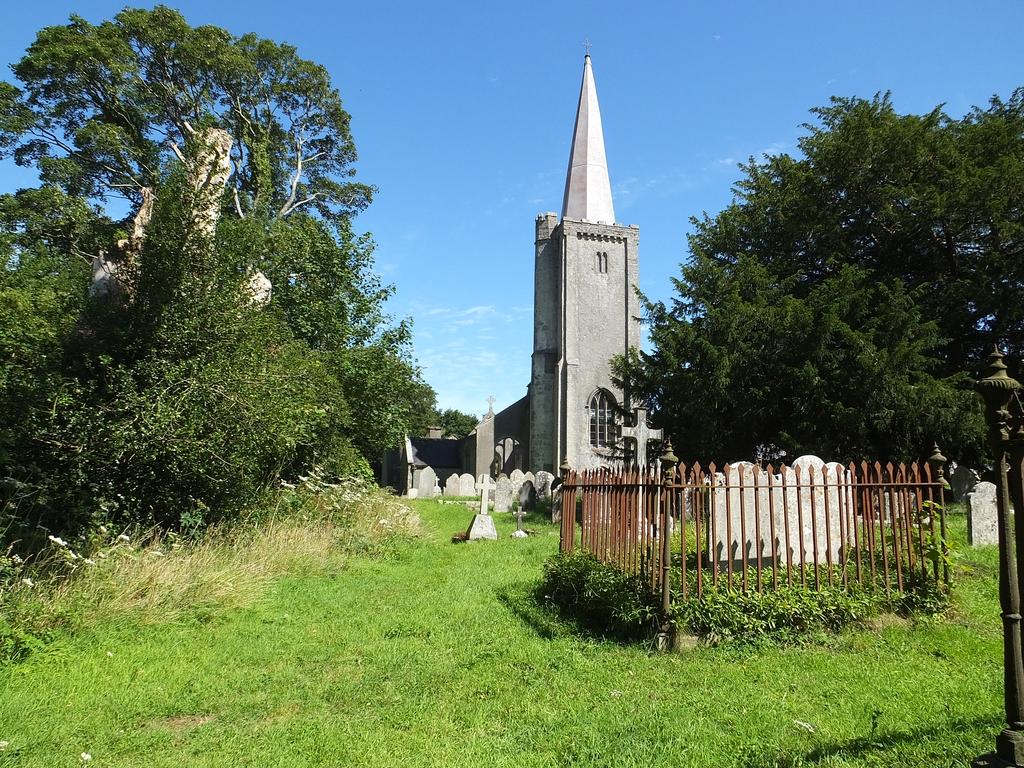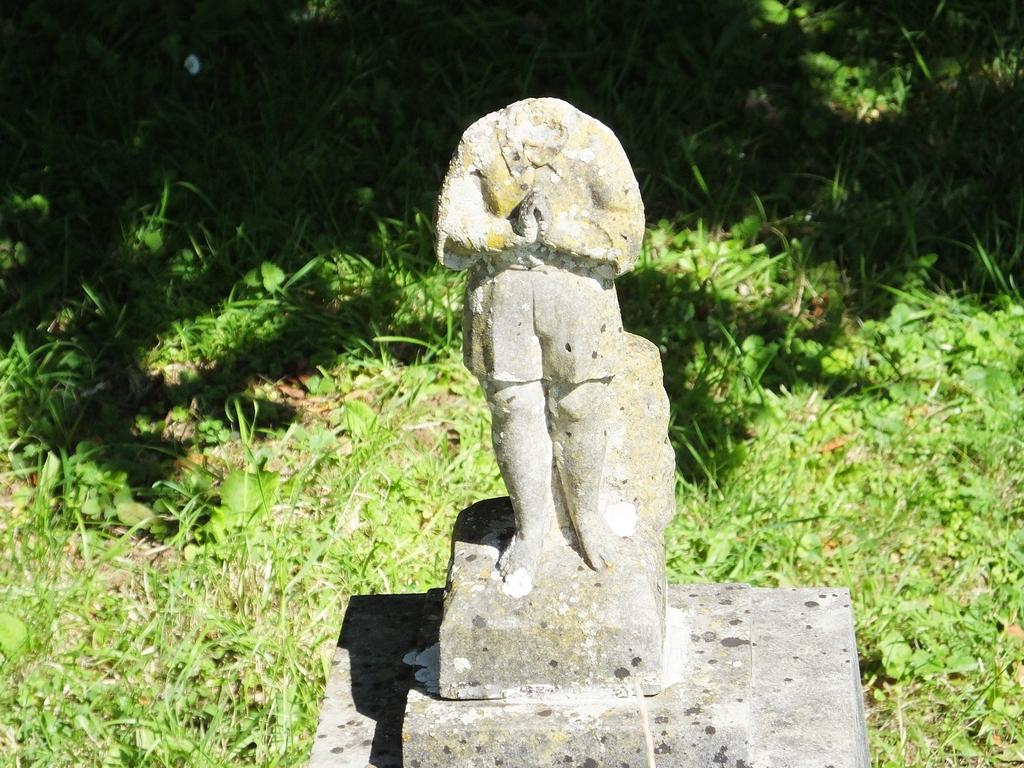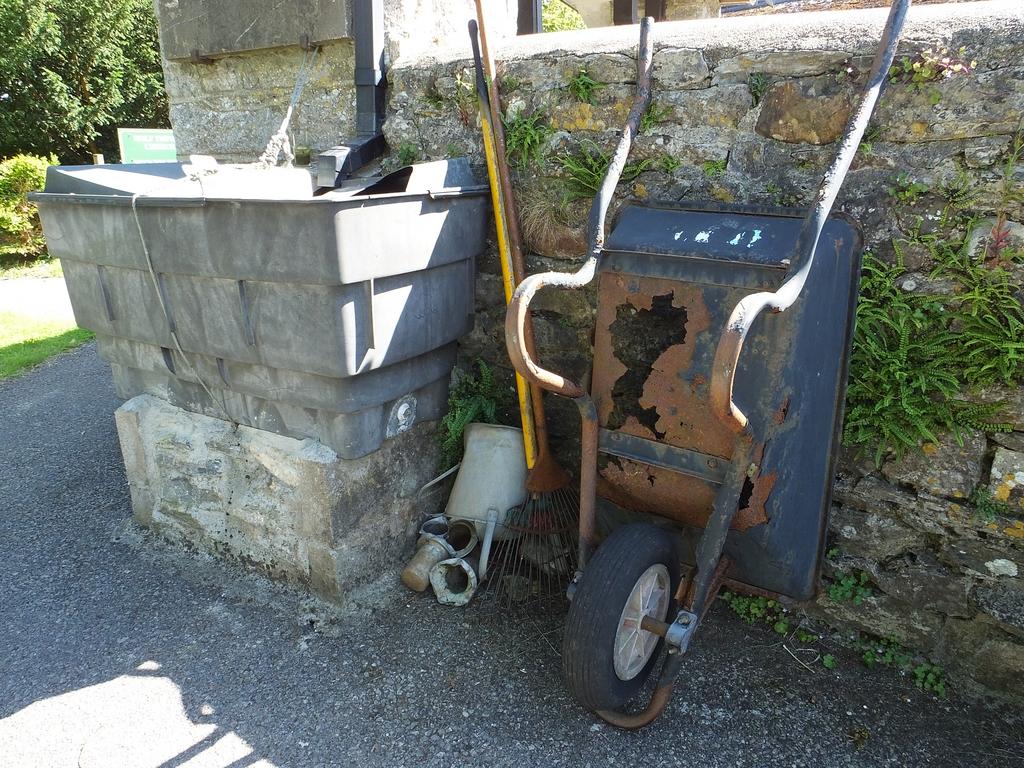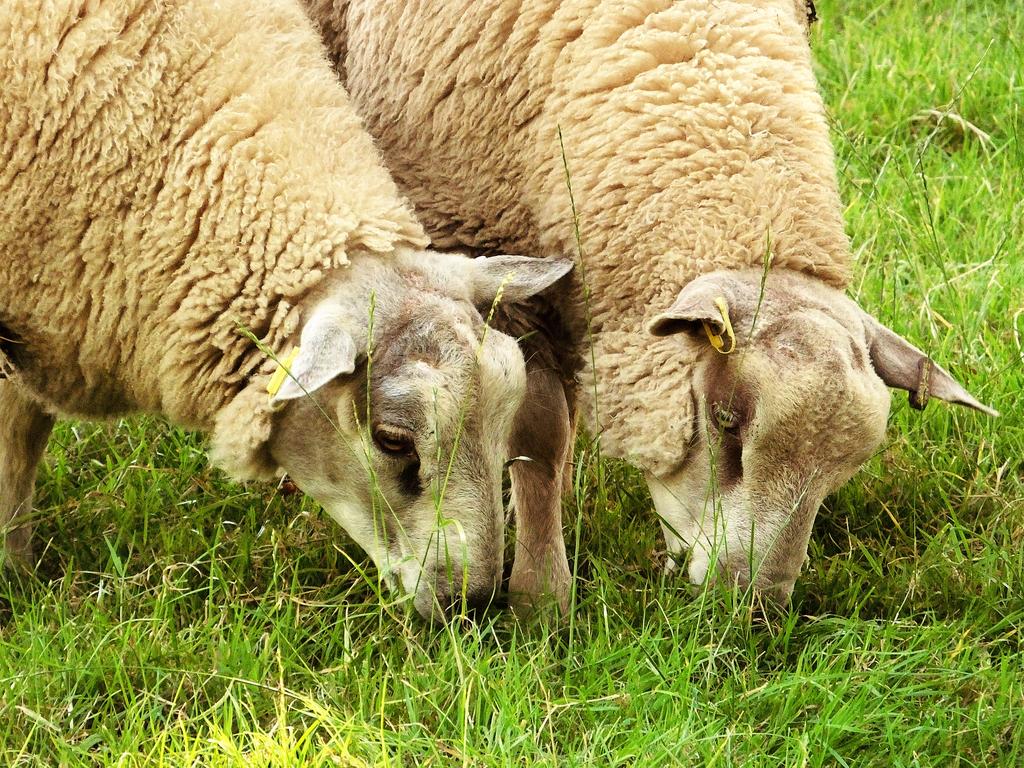Post by Dave on Aug 2, 2015 16:37:47 GMT
Holy Trinity Church Ruins Buckfastleigh Sunday 2nd August 2015
You hear the latest local, national and worldwide news and soon forget the stories in this fast moving world we live in. was it really as long ago as 1992 we watched the news and learnt that the Holy Trinity Church in Buckfastleigh had been burnt down?
This morning while checking out a few places to go and do a photo shoot this afternoon, I came across a few web pages about this church. I made my mind up straight away that I would visit this church today and I’m so glad I did. The site is not hard to get too, but is some distance from the town centre, it must have been a bit of a trip on a Sunday in olden times.
The church is said to be home to a few ghosts and there were a few times while I was there, I felt someone was behind me. You turn around as you do and see nothing, but such events sure give you a fright. During the hour or so I spent there, I never saw another living soul, maybe that did not help with the thoughts I was not alone as I seemed to be.
Holy Trinity Church is situated on the hill between Buckfast and Buckfastleigh and was the parish church for Buckfastleigh until it was reduced to a shell by an arson attack in 1992. The decision was then made to redevelop the existing chapel of ease, St Luke's, in Buckfastleigh, and this is now the parish church.
Holy Trinity remains a very attractive site, and the graveyard is still used for funerals from Buckfastleigh and the surrounding area. The bell tower survives, and the bells are still rung.The parish uses Holy Trinity on Trinity Sunday for an open-air service in the ruins, and there are a few midweek services of Morning Prayer during the summer. All other services are in St Luke's Church.
I was very saddened waking around the graveyard to discover many of the stone statues on some of the graves had been beheaded, what sort of people do such things?
A bit of history borrowed from
www.legendarydartmoor.co.uk/buckfastleigh_church.htm
As you walk up the main pathway you will find a huge building that defies description. Known locally as 'the sepulchre', this 'penthouse tomb' would probably be more suited to Colditz. If it reminds you of a prison then you are not far wrong because in it are the incarcerated remains of the Cabell family and in particular Squire Richard Cabell. If you peer through the heavy metal bars you will see a tomb with a gigantic white slab on top of it. The building and the heavy slab will give you a hint that we are not dealing with the normal family burial plot. It will strongly suggest that somebody is trying to contain something and there we have the legend.
Squire Richard Cabell lived during the 1600's and was the local squire at Buckfastleigh. He had a passion for hunting and was what in those days described as a 'monstrously evil man'. He gained this reputation for amongst other things immorality and having sold his soul to the Devil. There was also a rumour that he had murdered his wife. On the 5th of July 1677 he passed away and was laid to rest in 'the sepulchre' but that was only the beginning of the story. The night of his internment saw a phantom pack of hounds come baying across the moor to howl at his tomb. From that night onwards he could be found leading the phantom pack across the moor usually on the anniversary of his death.
If the pack were not out hunting they could be found ranging around his grave howling and shrieking. In an attempt to lay the soul to rest the villagers built a large building around the tomb and to be doubly sure a huge slab was placed on top of the grave to stop the ghost of the squire escaping. Even after taking these measures people have reported a strange red glow emanating through the iron bars. Other folk have reported seeing a whole host of demonic creatures gathered around the grave trying to get the promised soul for their master.
Below the church are a system of caves which run for about 3.5km. In 'Reed's Cave' is a weird natural formation known as the 'Little Man', this has been formed by the joining of a stalactite and a stalagmite. The figure is said to resemble a human figure in seventeenth century clothes. Unnervingly this formation has been calculated to lie directly below the tomb of Cabell and can be seen in the picture below.
It is also said that if you run around the 'penthouse' tomb seven times and then stick your hand through the iron bars, either Squire Cabell or the Devil will bite your fingers. Other stories pertaining to Cabell are that he rides in a coach led by headless horses driven by a headless coachman.
This legend is fairly unique for a church but the stories don't stop there. In the nineteenth century the graveyard was apparently a frequent target for body snatchers. Its secluded location and a convenient lane made it the ideal spot.
Things don't even stop there, in 1884 the church was restored and the work included renewing the spire which had been truncated by a previous lightening strike. On Tuesday the 8th of May 1849 arsonists broke into the church and started a fire which destroyed the vestry, part of the roof of the north aisle, the parish chest and badly damaged the communion table. During the Second World War some of the stain glass windows were shattered by the blast from German bombs which fell nearby.
Just when you think things can't get any worse we jump forward to the 21st of July 1992 when sometime around midnight the church was broken into and a fire started under the altar. This time the inferno completely gutted the church. The biggest problem that the fire brigade faced was that the nearest hydrant was a quarter of a mile away and the fact that the water had to be pumped uphill, it took a relay of thirty eight 70ft connected hoses to get the water on site. The fire was so intense that the heat literally blew apart the old Norman font. Although never proven, blame for the fire was placed at the feet of 'Satanists' and Devil worshippers.
For hundreds of years it was thought that black magic rites had been carried out at the church and the Squire's tomb in particular. The building which houses the tomb has a solid wooden door at the back; this had been placed there to deter Satanists from gaining entry
If you get the chance go and visit this church, it is such a shame it was torched, but it is well worth spending some time there.

